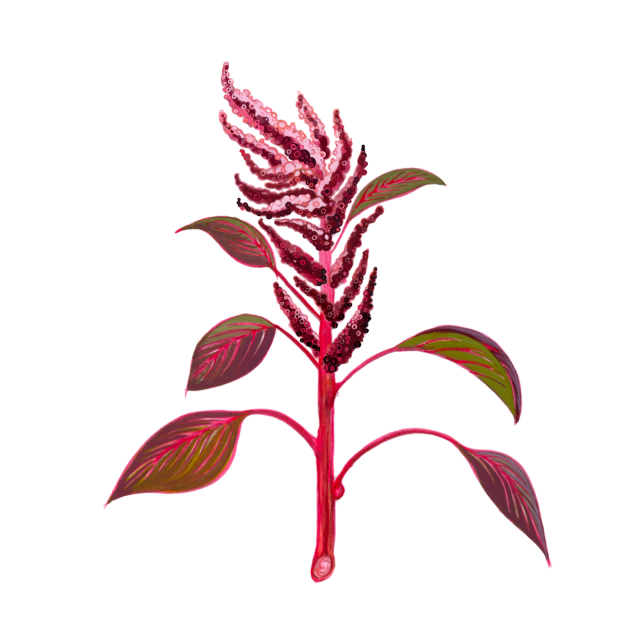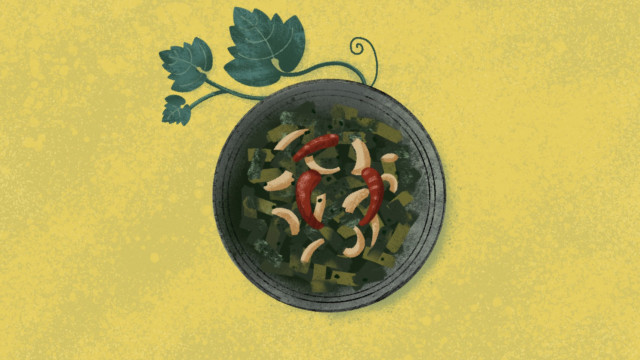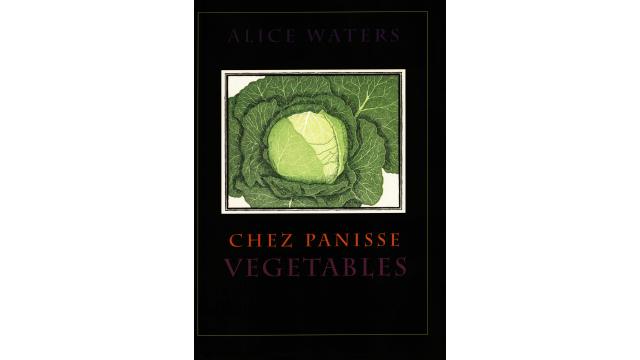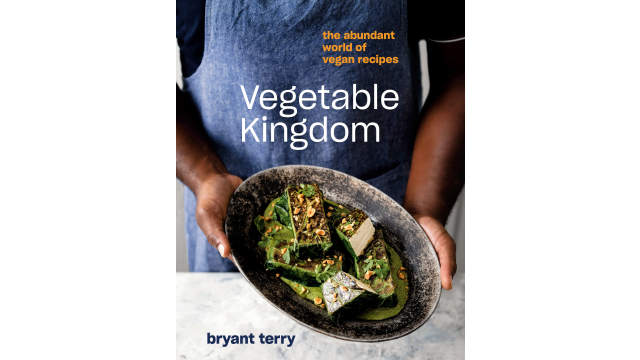Spinach
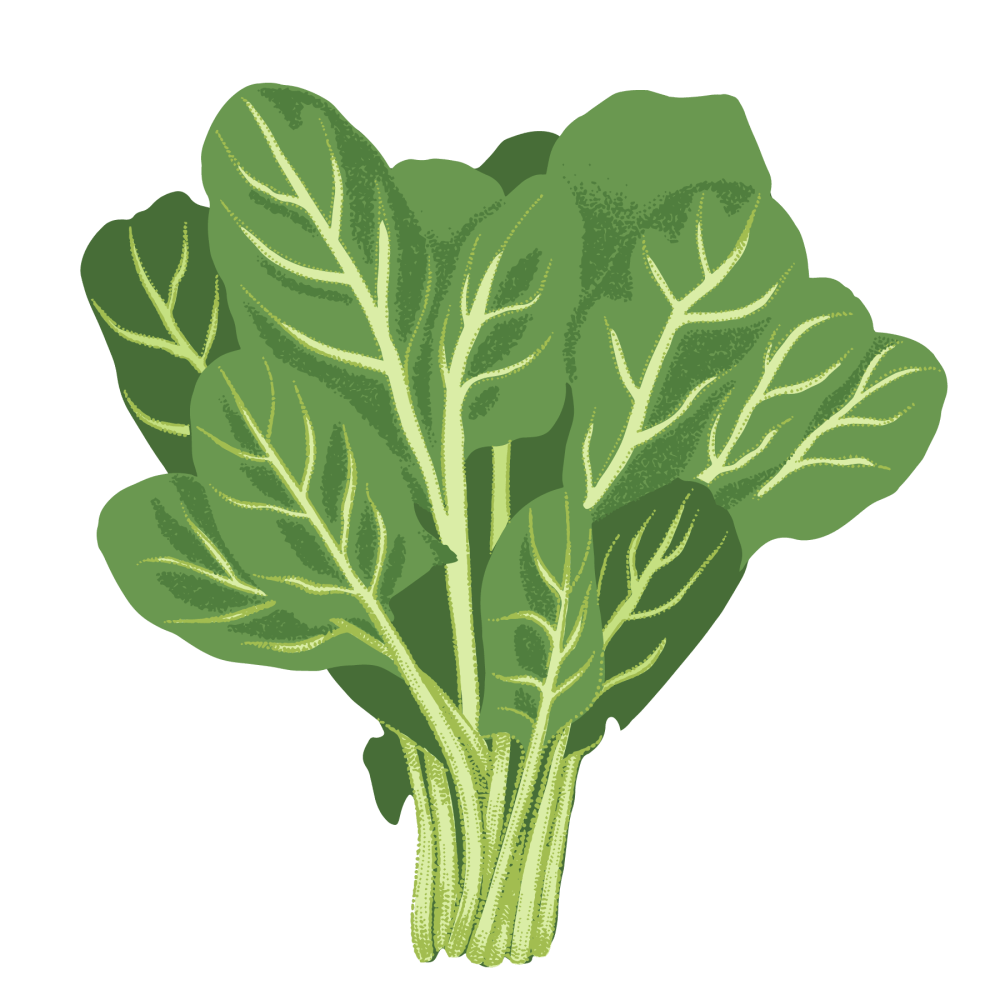
Latin Name: Spinacia oleracea
Uses: vegetable, food dye
What is spinach?
Spinach is a low-growing annual plant with dark green, spade-shaped leaves that can be smooth or somewhat curled. Unlike most other greens we eat, it is neither a crucifer nor a lettuce — it’s in the amaranth family.
Why is spinach healthy?
Despite being outshined by kale’s recent popularity, spinach remains one of the most widely respected nourishing greens. It’s an excellent source of iron and provides an impressive array of antioxidants that function as anti-inflammatory and anti-cancer agents. All dark leafy greens like spinach are rich in vitamin K and play an important role in maintaining bone health.
What does spinach taste like?
Fresh and cooked spinach have very different flavors. Fresh spinach doesn’t have much taste at all, but the tender texture of the leaves makes it easy to add to pretty much anything for a nutritional boost. When cooked or used in baked goods, spinach takes on a wonderful green-vegetal quality. Contrary to whatever Popeye says, canned spinach tastes like swamp muck. Avoid it unless it’s the End Times.
How do I use spinach?
When using cooked spinach (either fresh or frozen), wring out excess moisture before finely chopping. Then you can fold it into beaten eggs for frittatas and kuku sabzi, knead it into gnocchi dough, or mix it with ricotta cheese to fill ravioli or manicotti. Chopped cooked spinach is also beautiful with nutmeg, dill, and fresh or brined cheeses like labneh or feta — use this mix with phyllo-based pastries like spanakopita or börek.
What does spinach pair well with?
Spinach goes especially well with rich and fatty foods — use it in buttery pastries and anything with eggs, cream, or cheese. A creamy spinach dip with crackers is always a classic, but you should also look to Georgian pkhali: an exquisite vegetable pâté of pureed walnuts, onions, garlic, herbs, and spinach spiced with coriander and fenugreek. A similar spice profile is seen in Indian spinach dishes like palak (or saag) paneer, which take advantage of spinach’s talent for balancing a spiced cream sauce and fresh cheese. Spinach is also exquisite stir-fried in sesame oil with garlic and a splash of soy sauce.
Where does spinach grow?
The first humans to eat spinach were first-century Persians, and from there it was introduced to India and China (via Nepal) in the 600s CE. China still grows around 90% of the world spinach crop. Spinach needs cooler weather and shorter days to prevent bolting, so plant it in late summer/early fall and be ruthless with thinning seedlings for the bushiest plants.
How to buy spinach:
Look for deep green leaves that aren’t limp, wilted, or slimy.
Surprising spinach fact:
The high amount of oxalate in raw spinach prevents iron and calcium from being absorbed into the bloodstream and can also cause kidney stones (though you’d have to eat bushels of it). To get the vegetable’s full health benefits it’s best to eat it at least slightly cooked — steam helps remove oxalate.
